Government Initiatives and Funding
Government initiatives and funding play a crucial role in the advancement of the Printed Thin Film Battery Market. Various governments are recognizing the importance of energy storage technologies and are providing financial support for research and development. This includes grants, subsidies, and tax incentives aimed at fostering innovation in battery technology. Such initiatives not only encourage private sector investment but also facilitate collaboration between academia and industry. As a result, the Printed Thin Film Battery Market is likely to benefit from enhanced research capabilities and accelerated product development. It is projected that by 2026, government-backed projects could lead to a 15% increase in the market size, reflecting the positive impact of public policy on technological advancement.
Diverse Applications Across Industries
The versatility of printed thin film batteries is a key driver for the Printed Thin Film Battery Market. These batteries are not limited to consumer electronics; they are finding applications in various sectors, including healthcare, automotive, and IoT devices. For instance, in the healthcare sector, printed batteries are being utilized in medical devices that require compact and reliable power sources. The automotive industry is also exploring the use of these batteries for powering sensors and other electronic components in electric vehicles. Market analysis suggests that the healthcare and automotive applications could account for nearly 30% of the total market share by 2027. This diversification of applications is likely to bolster the growth of the Printed Thin Film Battery Market, as it opens new avenues for revenue generation.
Rising Demand for Portable Electronics
The Printed Thin Film Battery Market is significantly influenced by the rising demand for portable electronics. As consumer preferences shift towards lightweight and compact devices, manufacturers are seeking energy solutions that align with these trends. Printed thin film batteries offer a unique advantage due to their slim profile and ability to be integrated into various electronic products, including smartphones, tablets, and wearables. Market data indicates that the portable electronics segment is expected to account for over 40% of the total demand for thin film batteries by 2026. This growing consumer base is likely to drive innovation and competition within the Printed Thin Film Battery Market, as companies strive to meet the evolving needs of tech-savvy consumers.
Sustainability and Environmental Concerns
The Printed Thin Film Battery Market is increasingly shaped by sustainability and environmental concerns. As industries and consumers alike become more aware of the ecological impact of traditional batteries, there is a growing push for greener alternatives. Printed thin film batteries, which can be produced using less energy and fewer toxic materials, present a viable solution. The market is witnessing a shift towards eco-friendly manufacturing processes, with companies aiming to reduce their carbon footprint. This trend is expected to attract investments and partnerships focused on sustainable practices, potentially increasing the market share of printed thin film batteries. By 2025, it is anticipated that sustainable products will represent a significant portion of the Printed Thin Film Battery Market, reflecting a broader commitment to environmental stewardship.
Technological Innovations in Printed Thin Film Battery Market
The Printed Thin Film Battery Market is experiencing a surge in technological innovations that enhance battery performance and efficiency. Recent advancements in materials science, particularly the development of new conductive inks and substrates, have led to batteries that are lighter, thinner, and more flexible. These innovations allow for integration into a variety of devices, from wearables to smart packaging. The market is projected to grow at a compound annual growth rate of approximately 25% over the next five years, driven by these technological improvements. As manufacturers continue to invest in research and development, the potential for higher energy densities and faster charging times becomes increasingly feasible, positioning the Printed Thin Film Battery Market as a key player in the energy storage sector.


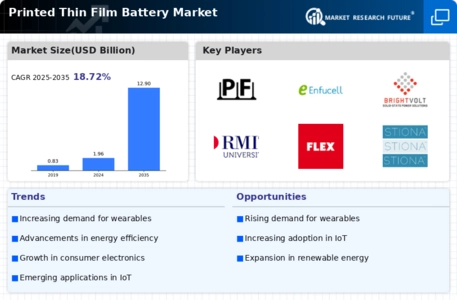
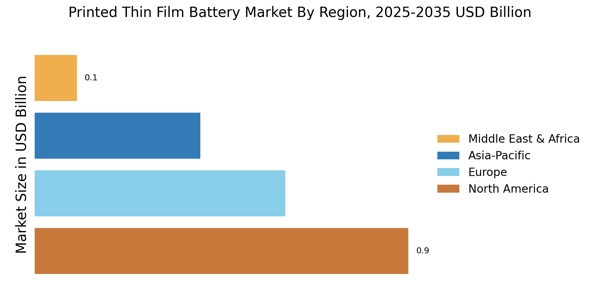
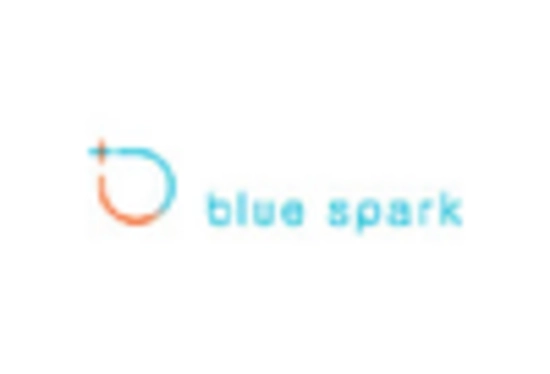
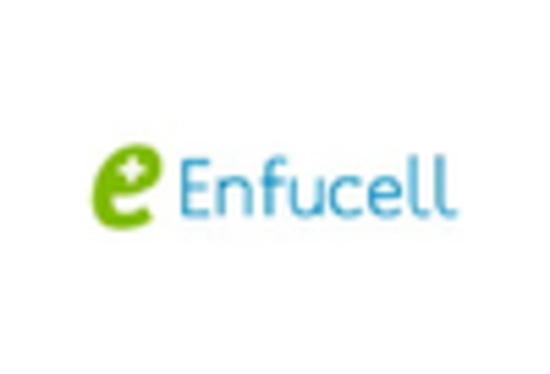
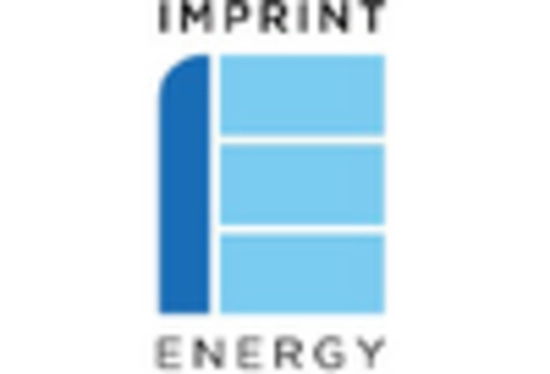
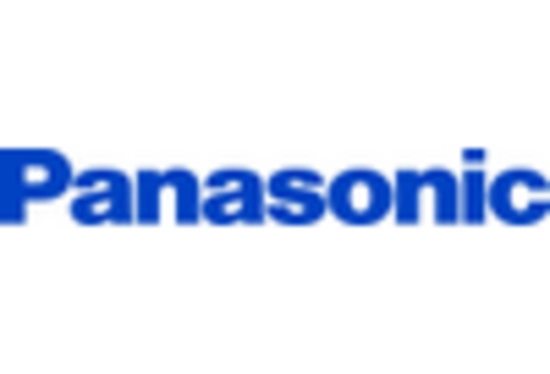

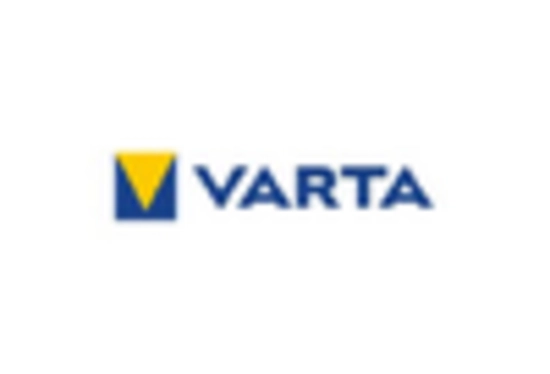








Leave a Comment